A key aspect of every successful paid social media ad is strong copy. Why? The ad copy works in tandem with the creative to make a meaningful connection to the user.
This keeps them engaged and can spark the action that the advertiser 🫵needs to reach their KPI goals. While each social media platform is different, there are several essential elements of ad copywriting that should always be followed, namely:
1. Framework
When writing ad copy, you need to research and understand the needs and goals of your prospective customers and address them in a clear and concise way.
From the audience’s point of view, your ad should perfectly frame a personal experience of theirs in a way that makes them think, “How’d you know?” Not every framework type applies to each audience and advertising goal, but below are some core frameworks that will work for most ad objectives.
AIDA: Attention, Interest, Desire, Attraction.
Grab the user’s attention, and inspire them to take action.
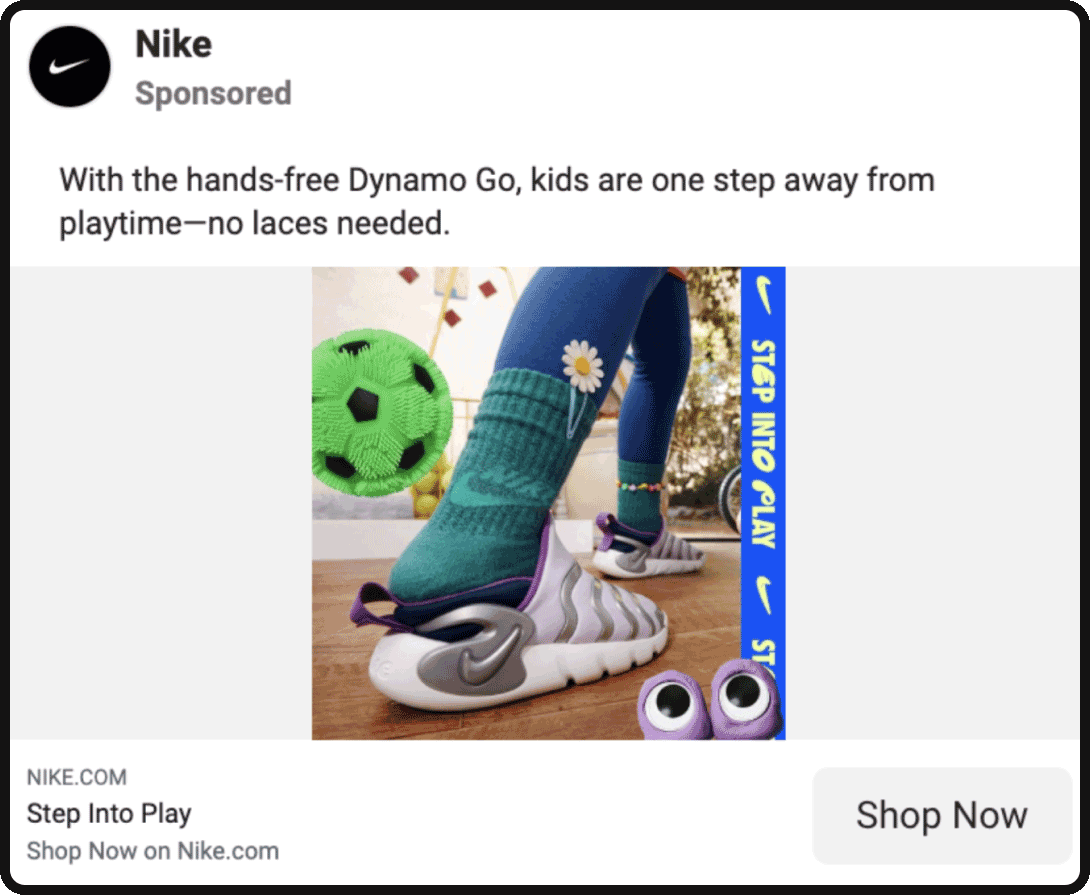
When applying the AIDA framework to your social media ad copywriting, here’s how to apply each component:
Attention: The first step of this framework is to grab the user’s attention as they scroll through their feed. This usually involves using a bold or intriguing opening line. Essentially, your goal is to stop them from scrolling and make them pause to read further.
In the example above, “With the hands-free Dynamo Go” is the attention-grabbing line, emphasizing the value of a hands-free shoe for both parents and children.
Interest: Once you’ve captured the user’s attention, you need to pique their interest. To do this, you need to provide information that is relevant and valuable to make your ad resonate well with them. This could include highlighting a problem they may be facing or a benefit they could gain from your product or service. Using persuasive language is also a great trick to entice them to keep reading.
In the example above, “kids are one step away from playtime” is the attention-grabbing line, as it alludes to the time-saving benefits of the shoe.
Desire: At this stage, you want to build desire for your product or service. Showcase the unique selling points, features, or value propositions that set you apart from your competitors.
In the Nike ad, “no laces needed” is the main value that this shoe is offering. It’s also the closing line of the previous ‘interest’ component of the sentence and reaffirms the convenience of the product.
Action: The final step of the framework is to prompt the user to take a specific action. This can be tailored to the product or service you’re selling and can be conveyed through the headline and the choice of a call-to-action (CTA) button. Helpful tip: use action-oriented verbs and create a sense of urgency if possible.
In the above ad, both the headline “Step Into Play” and the CTA button “Shop Now” are considered actions.
Before & After
Persuasively connect the user’s current situation to the desired outcome.
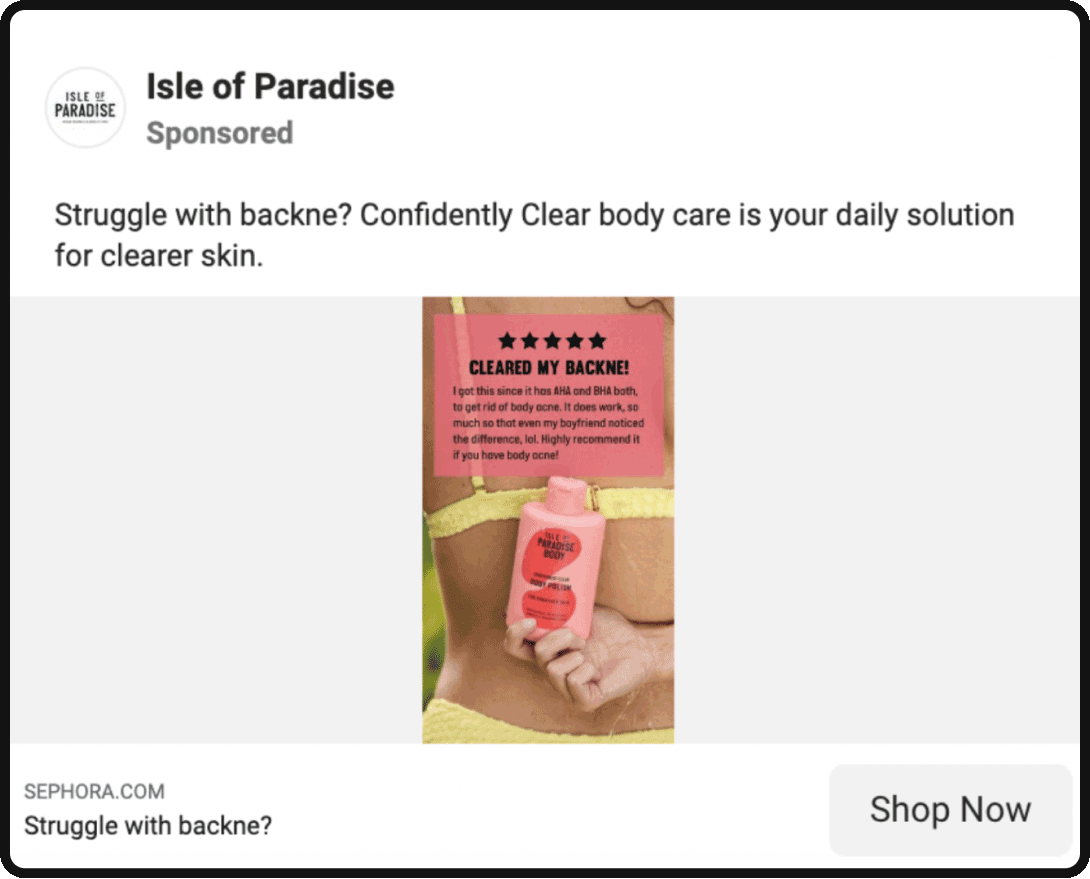
The “Before and After” framework is another powerful concept used in paid social strategy advertising. It revolves around highlighting the transformation that the user will undergo before and after using your product or service.
Specifically, the goal is for the user to be able to fully visualize the positive impact your product or service will have on their lives, with only the use of ad copy and visuals. When applied to just the ad copy portion, the “Before and After” framework can be broken down as follows:
Before: In this part of the ad copy, you describe the challenges, problems, or limitations that your target audience may be experiencing. This “before” scenario sets the scene for the transformation of the “after.” Use relatable language and applicable pain points to resonate with your audience’s emotions and grab their attention.
In the above example, “Struggle with backne?” is the before prompt that addresses a pain point of the target audience.
After: Here, you illustrate the improved situation or desirable outcome that your product or service will provide. Do this by painting a vivid picture of the positive changes your audience can expect to experience with the use of descriptive benefits, solutions, and value propositions. The goal is to clearly convey the “after” that your audience can achieve once they follow your call to action incentive.
In the example ad, “Confidently Clear body care is your daily solution for clearer skin.”, coupled with the 5-star review text overlay is the after portion. This tells the user that their problem can be solved with the product being advertised and reassures them with the presentation of positive experiences from others.
PAS: Problem, Agitate, Solve.
Highlight a problem of the user, emphasize the paint point, and offer a solution.
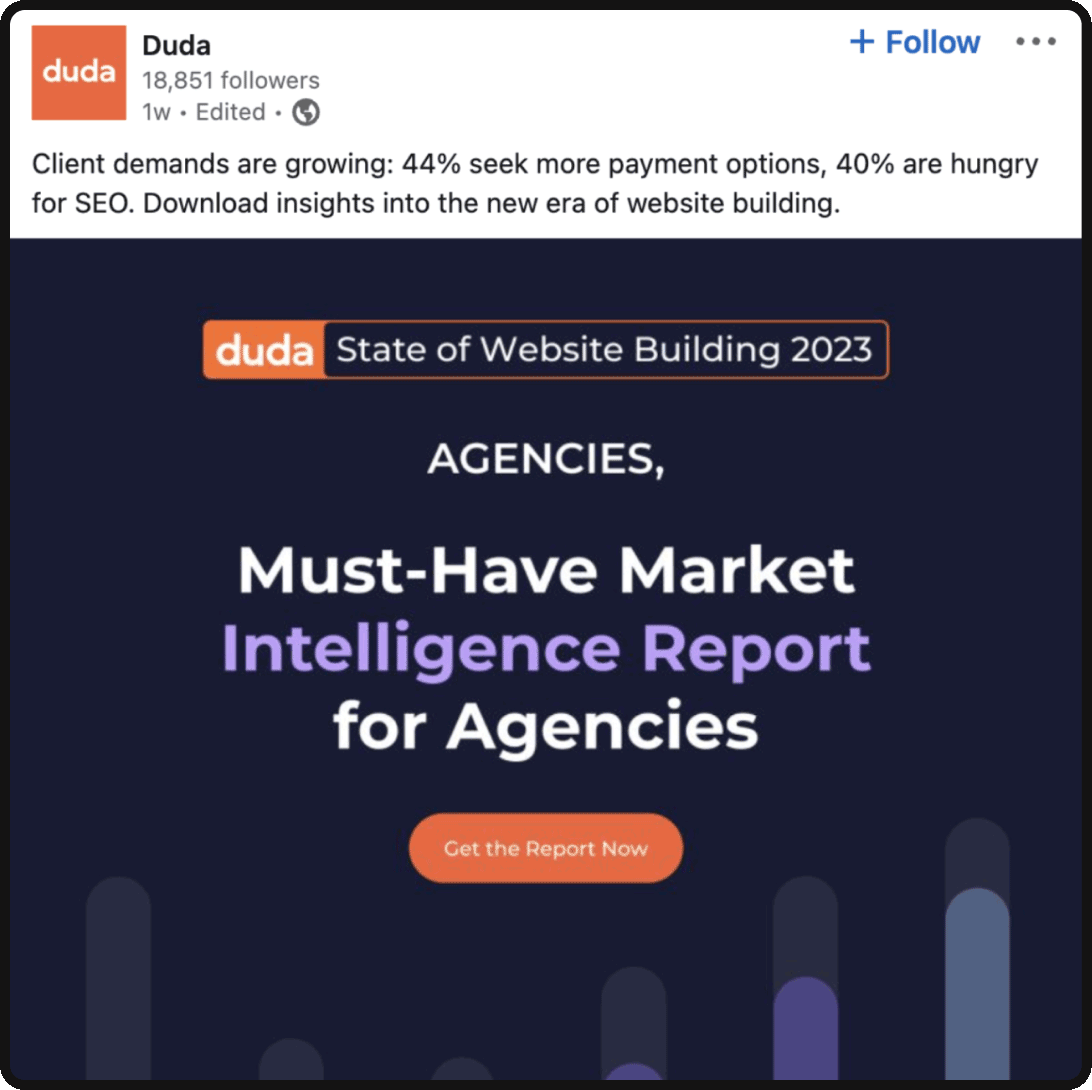
The PAS framework is a copywriting formula that stands for Problem, Agitate, and Solution. It’s commonly used in paid social advertising to create a compelling and persuasive scenario that pulls in the user. When applied to ad copywriting, the PAS framework follows these three stages:
Problem: In the first stage, you address a specific problem or pain point that your target audience is likely experiencing. This is meant to grab their attention by resonating with their current challenges or frustrations. By acknowledging their problem, you create an immediate connection with the user.
In the above example, the problem is “Client demands are growing.” This problem is broad enough to catch the attention of almost any user that scrolls by but is still only applicable to your specific target audience.
Agitate: Once you’ve highlighted the problem, you intensify the reader’s emotional response by agitating or magnifying the issue. This involves doubling down on the negative emotions, consequences, and potential outcomes associated with the problem they’re experiencing. The goal is to add a sense of urgency surrounding the problem, making the user eager to solve it (with your help, of course).
In Duda’s ad, the agitator is “44% seek more payment options, 40% are hungry for SEO.”. This copy emphasizes two separate pain points in order to intensify the complexity of the problem their target audience is experiencing.
Solution: After amplifying the problem, you introduce your product or service as the solution to save the day. Explain how your offering can effectively address the challenges previously mentioned while also highlighting the benefits, features, and unique value propositions that make your solution the better choice amongst your competitors.
The solution in the above example is “Download insights into the new era of website building.” in combination with the text overlay: “Must-Have Market Intelligence Report For Agencies.”
These callouts put Duda on a pedestal as the must-have resource for agencies experiencing the problem that was previously addressed and agitated.
2. Brand Voice
As social media content platforms become more saturated with AI-generated copy and increased crowds of competitors, the power of a unique brand voice becomes unmatched.
When your ad copy embodies this chosen voice, it allows you to be more consistent and recognizable to your audiences, helping you to establish a strong brand identity in the space. Establishing your brand voice may take some time, but here are some steps to help you get started.
Know Your Brand Identity: Before determining your voice, it’s imperative that you have a clear understanding of your brand’s identity. Define your brand’s mission, values, unique value propositions, and target audiences.
Choose Keywords and Phrases: Create a list of brand-specific words and phrases that can act as your personal copywriting thesaurus. This also applies to emojis, which are a fun and playful way to stand out in the sea of ads your audience is seeing 🔥 💯 👀.
Lead with Authenticity: Your brand voice should be real and genuine. Avoid copying the tone of your competitors if it doesn’t align with your own identity. Consumers can sense inauthenticity, and the last thing you want to do is push something that you’re not.
3. Relevance
While your brand’s personality should remain consistent across all of your ads, it’s also crucial to remember who you’re talking to and why. You need to be mindful not to highlight the same value propositions, themes, or call-outs across your different audience groups, especially while they’re at different stages of their consumer journey.
Each piece of ad copy should be relevant to the target audience, taking into consideration their needs, desires, and pain points. Personalization is key to improving the relevance and effectiveness of ad copy!
4. Clarity and Conciseness
It’s essential that an advertiser’s ad copy be clear and concise for several reasons. In today’s fast-paced digital world, people have limited attention spans, and they are constantly being exposed to ads both online and offline. Concise ad copy ensures that your message is delivered quickly and effectively, capturing the user’s attention before they’re on to the next ad.
A common misconception of many advertisers is that long, descriptive copy is informative and helps deliver a higher volume of important information about their product or service. However, complex and lengthy copy often has the opposite effect, causing confusion and disinterest.
By focusing on the most relevant and valuable points, the copy is more likely to engage the user, maintain their interest, and spark action.
5. Call-to-Action (CTA)
A call to action, or CTA, is the specific instruction that tells your audience what action to take next. A good CTA can boost your conversion rate, increase your sales, and grow your audience – so properly executing this aspect of your copy is crucial, as it could be the determining factor in whether you make a conversion or not!
The call to action in paid social ads is usually found in the button next to the headline. Below are some of the key actions you want your CTA button to accomplish:
Guide Your Audience: A CTA provides clear direction to the audience, telling them exactly what you want them to do after seeing your ad. This removes uncertainty and ensures that the user knows what action they should be taking next.
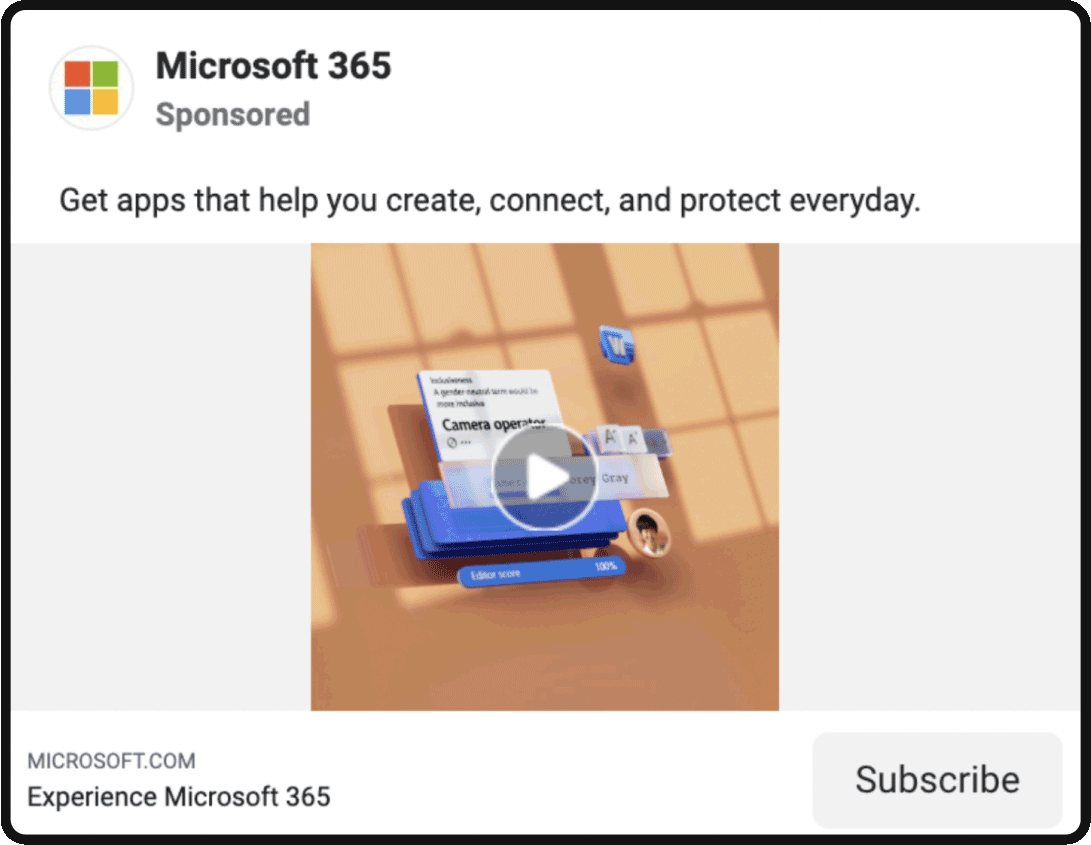
Create Urgency: Including words like “now,” “for a limited time,” or “expiring soon” in your CTA creates a sense of urgency and allows you to capitalize on your audience’s fear of missing out on the valuable opportunity you’re providing.
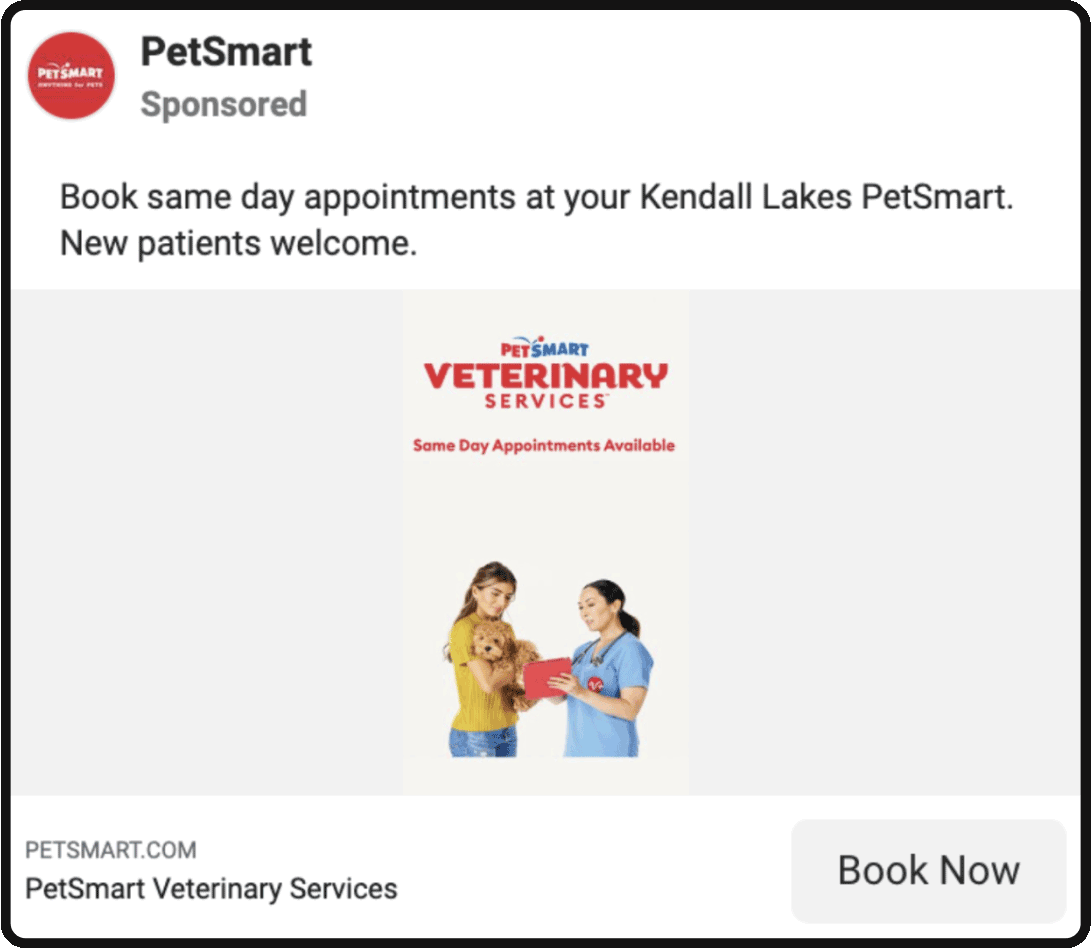
Increase CVR: A well-crafted CTA can significantly increase conversion rates. By specifically telling the audience to take action, you motivate them to move from passive scrollers to potential customers – whether that’s placing an order, downloading an app, or attending a webinar.

Final thoughts
In the ever-evolving realm of paid social media advertising, the art of copywriting stands as a paramount skill. Your ad copywriting strategy, in synergy with visuals, forges a potent connection that guides social media users towards actions aligned with your goals. The key elements of compelling ad copy are unwavering, regardless of the platform’s diversity.
Framework finesse is essential, employing proven frameworks like AIDA, ‘Before & After,’ and PAS to captivate attention, evoke curiosity, kindle desire, and drive action. Customization is key, infusing your unique brand voice into the copy to establish recognition and authenticity. Relevance reigns supreme, tailoring copy for distinct audience segments across their customer journeys and amplifying personalization through context.
The digital landscape demands clarity and brevity. Crafting concise copy that navigates users through the noise while retaining essential messages is crucial. The Calls-to-Action (CTA) is your guiding beacon, steering users toward conversions. Precision in CTA language urges users to evolve from passive observers to active participants in your future campaign’s narrative.
By seamlessly integrating these elements into your paid social posts’ ad copywriting, you elevate your campaigns to new heights. The canvas of social platforms transforms into a dynamic space where your brand’s voice resonates, relevance prevails, clarity captivates, and CTAs orchestrate conversions.
This holistic approach ushers in a future of elevated engagement, enhanced conversions, and sustained campaign success.





